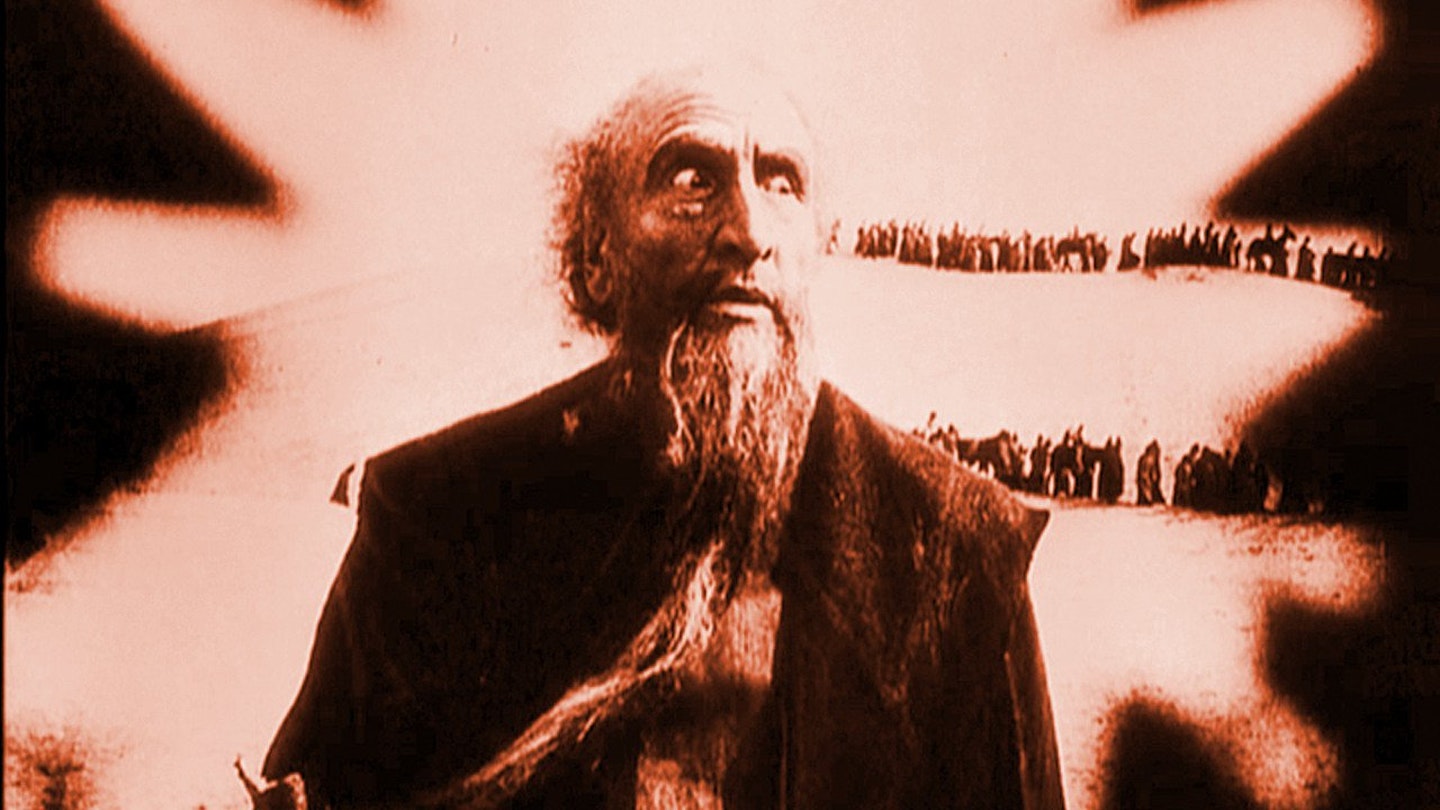When Paul Wegener directed himself in Der Golem and Der Golem Und Die Tänzerin, German psychological cinema was wholly in thrall to Scandinavian chiaroscuro. But, by the time he completed this 1920 version - which abandoned contemporary references and adhered solely to the original Polish-Jewish myth (hence its subtitle, `How He Came into the World') - films like Robert Wiene's The Cabinet of Dr Caligari had introduced a homegrown expressionism that reflected the nation's mood in the aftermath of the Great War.
Given its themes and timing, the picture has been subjected to close scrutiny by critics seeking anti-Semitic and chauvinist references. But, while good cases can be made for and against these arguments, what remains clear is that this is a film of deceptive complexity whose influence continued to be felt for many years.
The theorist Siegfried Kracauer claimed that Der Golem reflected post-imperial resentment at the perceived Jewish orchestration of the capitalist conspiracy that had caused the war. Thus, Wegener played his part in conditioning the German mind for the Holocaust. But, while the Famulus (Ernst Deutsch) is guilty of re-animating the statue to destroy Florian (Lothar Müthel), the knight who has stolen the heart of the Rabbi's daughter, Miriam (Lyda Salmonova), the greater evils are attempted by the emperor, whose edicts typify Christian intolerance of the Jews throughout the Middle Ages. Indeed, by contrasting Loew with Faust, Wegener and co-director Carl Boese seemed to be trying to link the story to Goethe's masterpiece, which ranked as the epitome of high German art.
Similarly, accusations of misogyny can be countered, for while it's possible to see Miriam and the Golem as the Rabbi's wayward creations, the giant's climactic rampage through the ghetto suggests a condemnation of rampant male desire (which is notably curtailed by the innocence of a young girl in a sequence with pronounced Marian overtones). What's less at issue, however, is the feature's legacy, as it influenced Metropolis, Frankenstein and King Kong, among many others.
